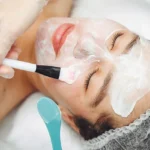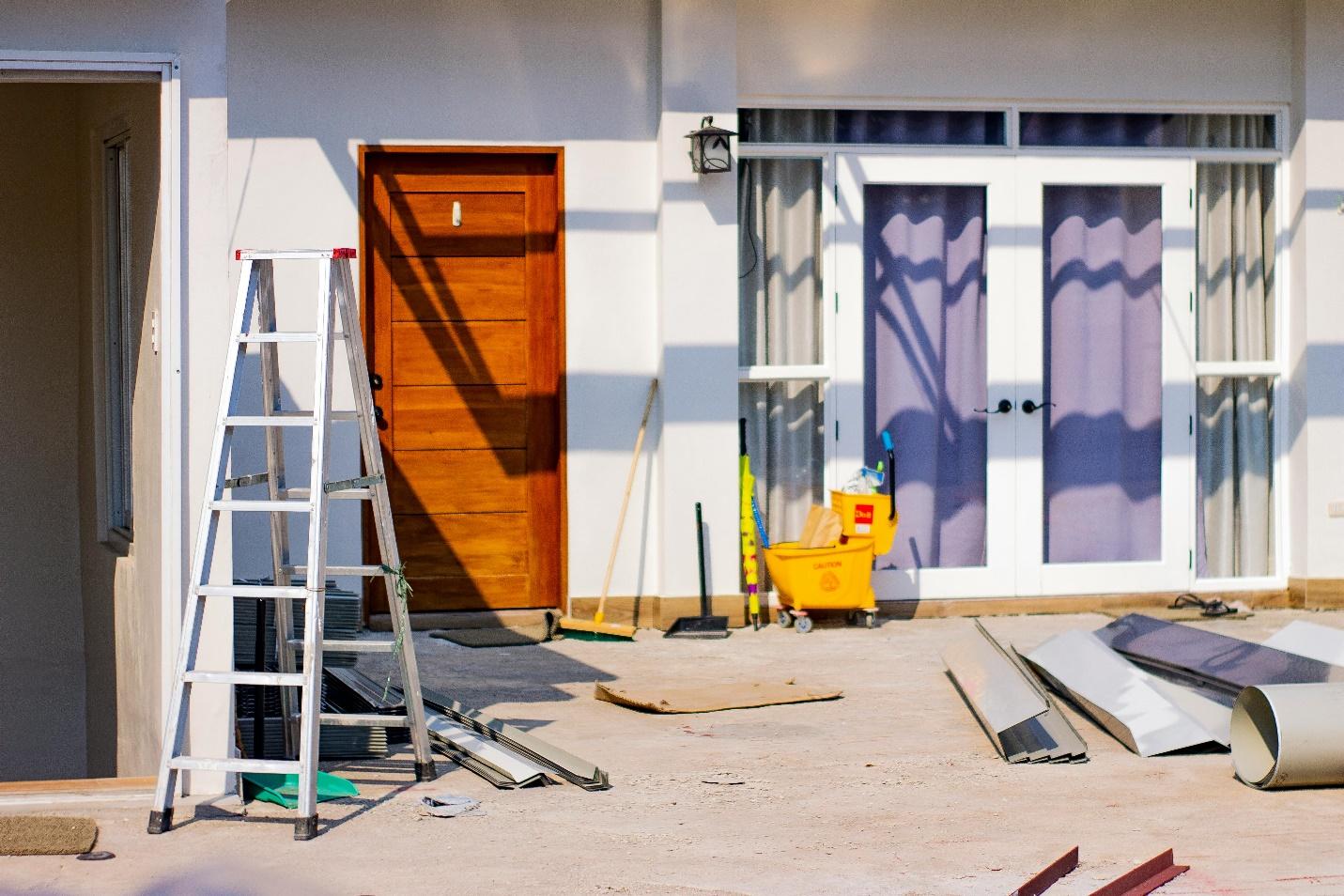PVC is a typical plastic material consisting of PVC resin compounded with varying proportions of stabilizers, lubricants, fillers, plasticizers, and processing aids. In comparison, silicone belongs to the rubber material. It is essential organically modified quartz. Silicon quartz consists of silicon and oxygen atoms.
When determining PVC or silicone, it is important to consider the basic performance requirements and how these materials will fare over time in various environments.
PVC vs. Silicone material
1. Mechanical properties
For PVC, like other thermoplastic materials, the stress/strain response depends on time and temperature. When a constant static force is applied to PVC, the resultant strain behavior is rather complex. There is an immediate elastic response. In this condition, PVC will fully recover once the force is removed. Apart from that, it also may experience a slow deformation, which continues indefinitely until rupture occurs. This is known as creep. As a viscoelastic material, the creep rate is influenced by temperature. At higher temperatures, the creep rate tends to increase.
Silicone rubber tolerates high and low temperatures far better than plastic. Silicone rubber will last indefinitely at 150°C with little or no change in its properties. It endures use even at 200 ℃ for 10,000 hours or more, and some premium silicone products can strive the heat of 350 ℃ for short periods. It also has excellent resistance to cold temperatures. The typical embrittlement point of silicone rubber is -60 to -70 ℃. In general, silicone rubber hardens when heated in air, and elongation decreases as it deteriorates; however, under sealed conditions, it softens as it deteriorates. Undersealed conditions, the operating life of silicone rubber at high temperatures is shorter than in the air.
2. Chemical stability
PVC is resistant to all inorganic chemicals. It has good resistance against diluted acids, alkalis, and aliphatic hydrocarbons. Attacked by ketones, some grades swelled or attacked by chlorinated and aromatic hydrocarbons, esters, some aromatic ethers and amines, and nitro-compounds.
Premium silicone rubber is chemically inert and has excellent resistance to solvents and other chemicals. It is not affected by polar organic chemicals (such as aniline and alcohol) or diluted acids or bases, and only 10-15% of its volume is due to swelling. The silicone does swell in non-polar organic compounds such as benzene, toluene, and petrol. However, it does not dissolve or decompose and will return to its previous state when the solvent is removed. However, strong acids and bases can adversely affect silicone rubber and should not be used when it comes into contact with such chemicals.
3. Heat resistance
PVC products don’t perform at nearly the same level regarding hot and cold resistance; they can work in elevated temperatures and frigid environments. PVC is graded for usage in temperatures up to 60 ℃ and as low as -15 ℃.
Premium silicone shines when it comes to dealing with low and high temperatures. Silicone offers excellent thermal stability and some of the highest temperature resistance of rubber materials, with a high-temperature usage of up to 200-350 ℃. In addition, premium silicone offers a low-temperature usage between -60 to -70 ℃. This makes silicone an excellent option for household appliances, furnaces, and other applications that demand heat resistance.
4. Weatherability
The effects of ‘weathering’ or surface degradation of radiant energy and the elements on plastics have been well studied and documented. Solar radiation causes changes in the molecular structure of polymeric materials, including PVC. Inhibitors and reflectors are often incorporated into the material, limiting the process’s surface effects. However, under severe weathering, loss of gloss and discoloration is observed. These processes require an input of energy and cannot be carried out if the material is obscured, for example, by underground pipes.
Premium silicone has exceptional weathering resistance. Ozone generated by corona discharge causes rapid deterioration of most organic rubbers but has little effect on good-quality silicone rubber. In addition, silicone rubber can be exposed to wind, rain, and UV light for long periods with little change in its physical properties.
PVC vs. silicone identification
1. Appearance: PVC is a white amorphous powder, while silicone raw material is a transparent or milky white granular solid. In addition, PVC products are rougher, and premium silicone products have smooth and shiny surfaces.
2. Touching: In line with the hand feeling, the premium silicone products have a soft and smooth feeling, while the PVC is slightly hard and rough.
3. Burning: Premium silicone products are generally transparent, with a slight burning smell and powder, while PVC products will turn black after burning and smell bad when burning.
4. Rebound strength: Silicone has a good silicon molecular connecting strength; the rebound strength will be much better than PVC.
Final words
Whether it’s PVC, silicone, or other compounds, choosing the right material may be difficult, but it is necessary to get the performance and durability required. XHF is a professional silicone products manufacturer that produces high-quality, high-performing offerings through individualized service and material knowledge, including custom silicone molds.
XHF is committed to helping its customers find the best and most cost-effective silicone solutions. Please get in touch with XHF for more details.

















